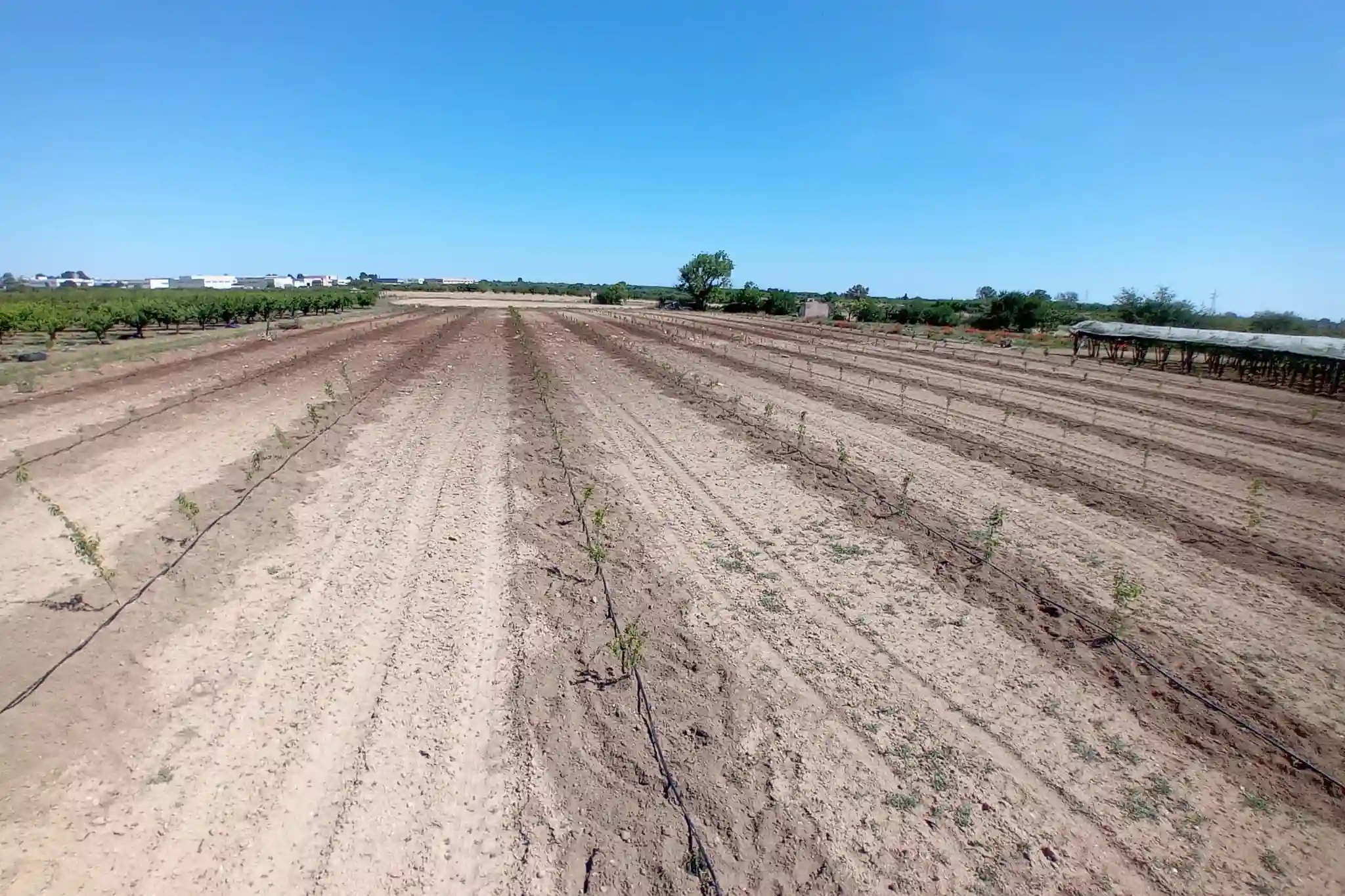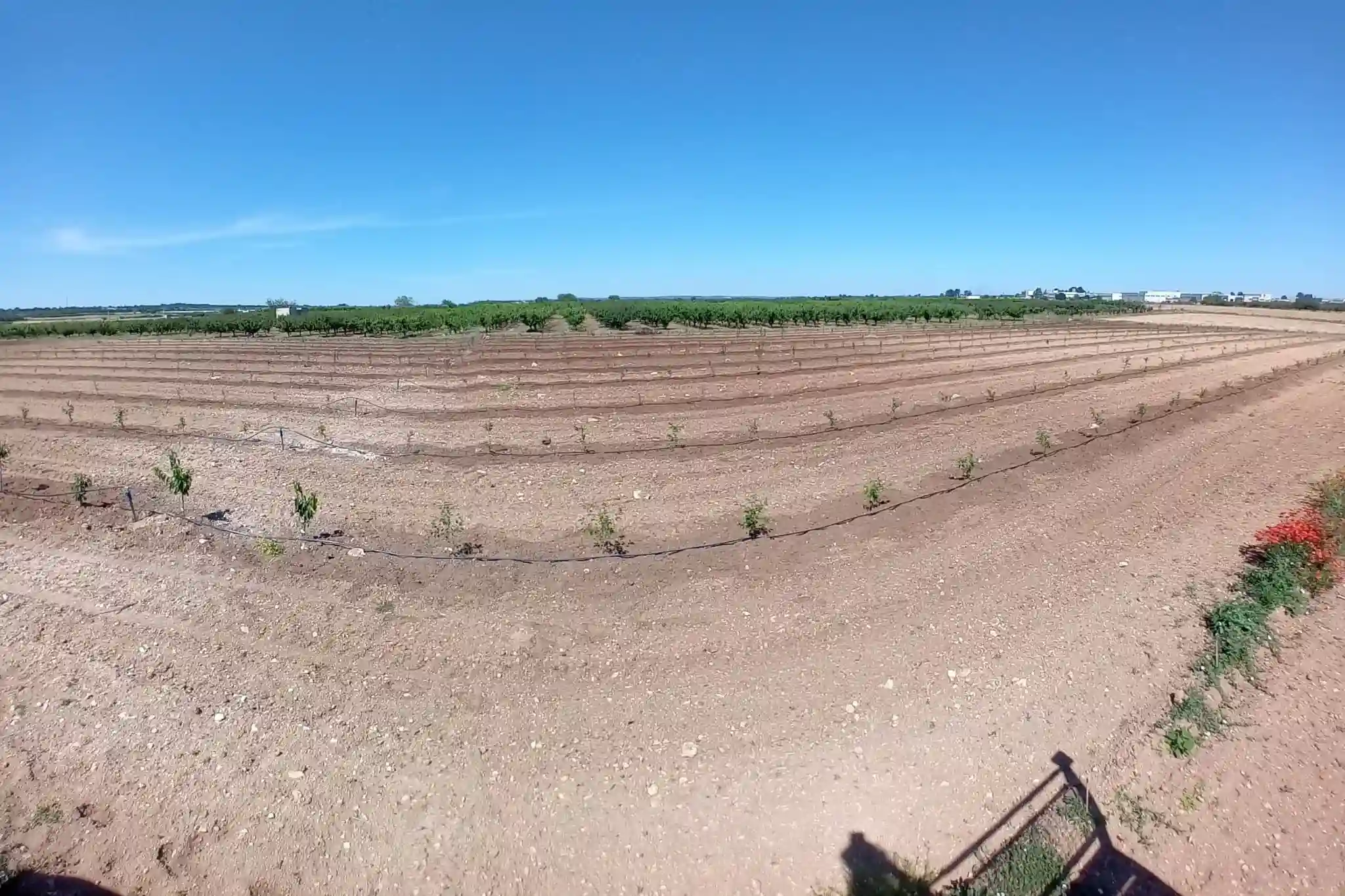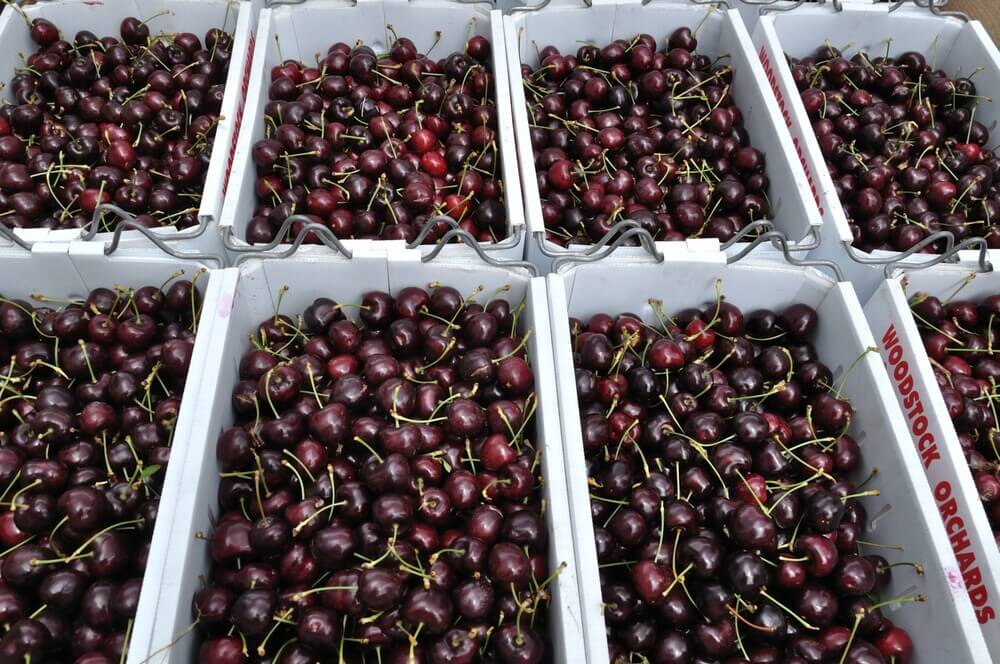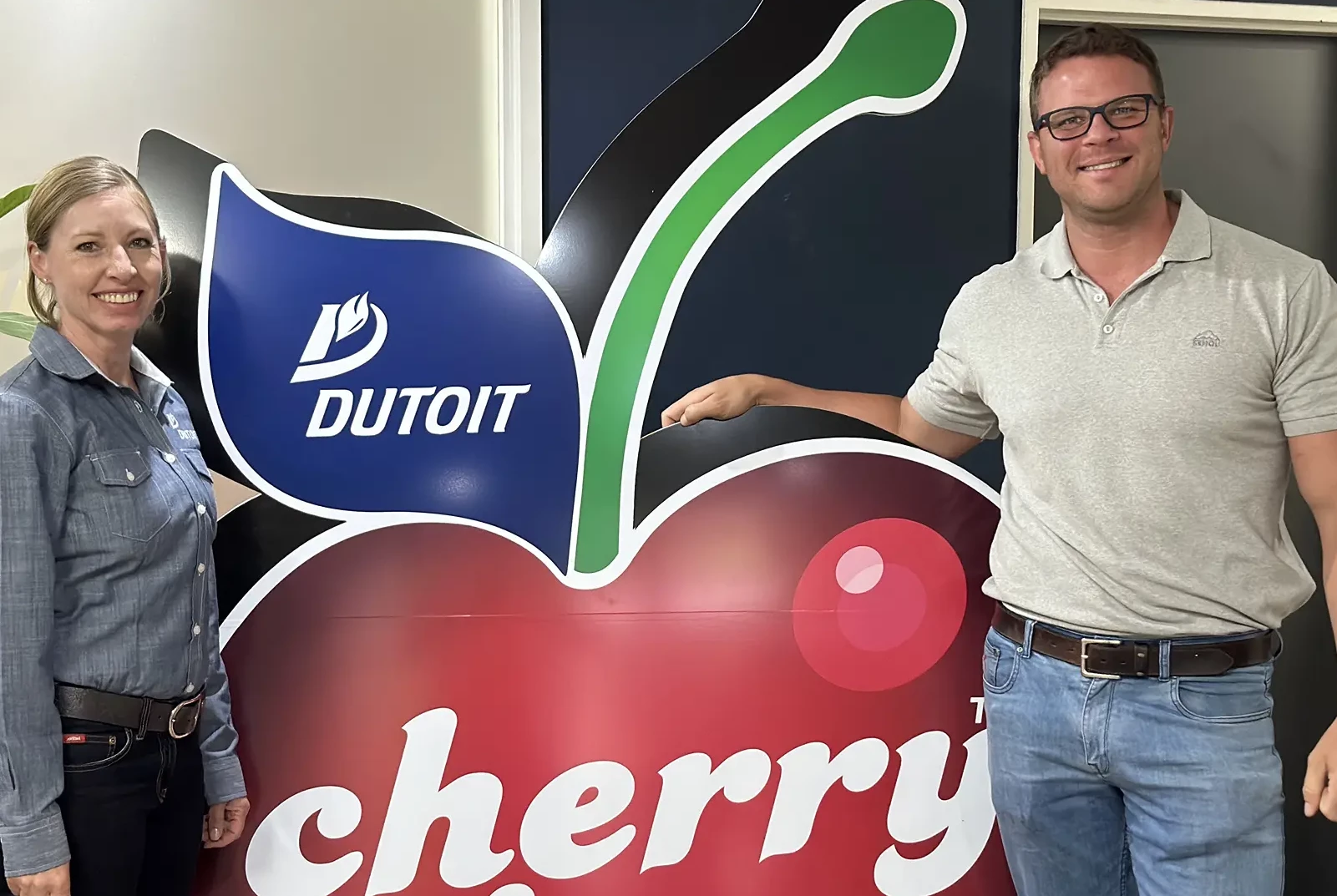Vivai Fortunato is betting on the future of Mediterranean cherry growing by establishing a covered rootstock trial field. The project had been in the mind of Luca Fortunato, head of the Puglia-based nursery, for some time, and now it's taking shape: “There is a kind of disaffection toward cherry growing in our area and, more broadly, in Southern Italy."
“Unfortunately, there are many challenges: lack of water, difficulties in finding skilled labor, soil fatigue, strong winds or extreme rainfall. We realized it was necessary to go back to the roots, also because we observed that the same cherry variety grafted onto older rootstocks like Prunus mahaleb or Prunus avium, compared to a Gisela 6, gave different results in terms of final product,” he told Cherry Times during a long interview.

Vivai Fortunato: 70–80 thousand cherry trees produced annually
Luca Fortunato currently leads the family-run nursery located in Sammichele di Bari, which covers 65 hectares. The nursery focuses on open-field production of fruit tree rootstocks and scions, as well as grafted plants in pots. In addition to cherries, the nursery also works with other Mediterranean fruit crops: olive, almond, and stone fruits like apricot, peach, and plum, among others.
On average, the annual production of cherry plants reaches between 70,000 and 80,000. Due to the decline in domestic interest mentioned above, Vivai Fortunato’s main clients today are not based in Italy—domestic sales account for only 5% of their turnover. “There are several issues to tackle,” Luca Fortunato told Cherry Times again, “but we must also consider that the market now demands fruit sizes above 28–30 mm, and a renewal is needed."
“Our goal is to offer valuable experience to support southern and Mediterranean cherry growing. There is demand—we are asked for advice on how to plant new orchards—and we want to provide answers.”

Reviving cherry farming in Puglia
Looking specifically at Puglia, the 2025 regional CSR tenders—linked to European funding—are offering financial support to relaunch cherry cultivation in the region. The goal is to establish new orchards based on both varietal and technological innovation. According to the regional administration, the new cherry orchards should address the challenges posed by climate change and also aim to revive the commercial appeal of Puglian cherries.
“We want to provide growers with clear guidance,” Luca Fortunato emphasized. “We are in a phase of major transformation, and we expect to be able to provide answers within 3 to 5 years.”
Vivai Fortunato establishes a rootstock trial field
The rootstock trial field, to be grafted this August, includes 43 different rootstocks. A total of 860 trees will be monitored. Three cherry varieties will be grafted for comparison: “We want to see how they adapt,” Fortunato continued. “We haven't finalized the varieties yet, but they will include an early, a mid-season, and a late cultivar."
“We are considering Sweet Aryana®, Sweet Gabriel®, and maybe Ferrovia. We want to understand how the tree develops, how it adapts, and propose a system suited to our region, which differs from Northern Italy or Northern and Eastern Europe."
“Here in the South, we need non-wall training systems. We need vase-shaped forms, drawing on our past experience. Low-growing trees are essential for harvesting from the ground and avoiding ladders. We opted for a 5x2 planting layout, but ultimately the trees will guide us. It’s a provisional layout.”
Regarding the trialed rootstocks already planted, Fortunato prefers not to reveal too much: “We avoided using Russian or Balkan rootstocks, for example. It's a matter of chill hour requirements."
“We decided to focus on material developed in warmer areas and to look at what’s being used in Spain or Southern France,” he explained to Cherry Times. “Breeders have done a lot of work on low chill requirement varieties, but there is less knowledge about rootstocks. The climate has changed, and the issue of insufficient chill accumulation is becoming more pressing.”

The trial field to support cherry growers
Vivai Fortunato has clients in Puglia, but they are also receiving requests from other Italian regions such as Basilicata, Sicily, and Calabria. Moreover, they are also looking to support international clients: “We’re getting many inquiries from North Africa—for example, Algeria and Tunisia."
“Once conditions permit, we could do good work in Libya, which currently faces political challenges. Lebanon is another very promising country. We are closely following the potential of the Mediterranean basin.”
However, the most active and well-established market for Vivai Fortunato today remains Eastern Europe—countries like Azerbaijan, Georgia, Armenia, and Uzbekistan. Luca Fortunato hasn’t ruled out testing rootstocks suited for those areas either: “We know a lot about Gisela 6, much less about the others. So we included Gisela 12, 13, and 17, in addition to the 6,” Fortunato concluded. “As the data comes in and we carry out our evaluations, we will share more about our new rootstock trial field.”
Barbara Righini
Cherry Times - All rights reserved















